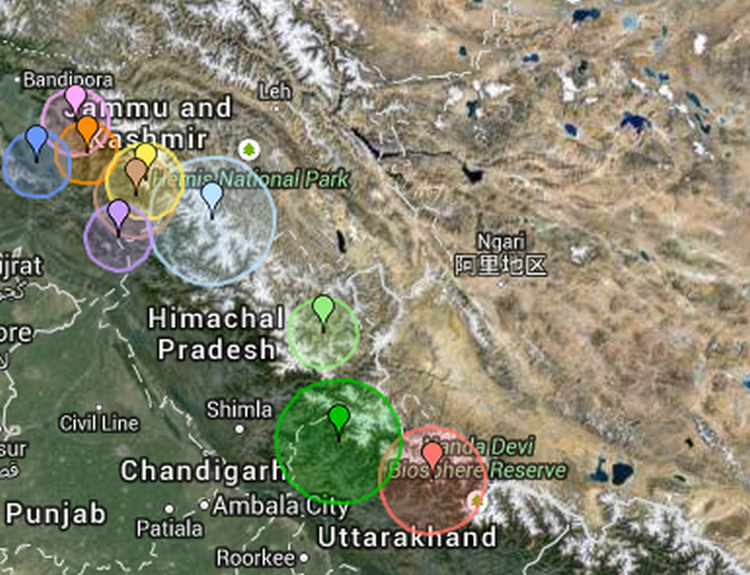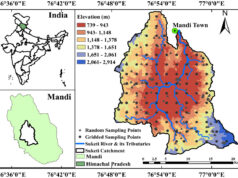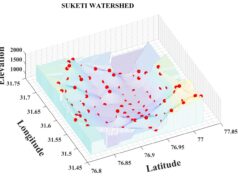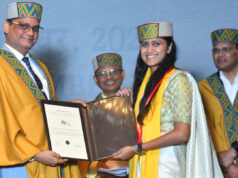Algorithm will process 100 years of data of the Indian Summer Monsoon Rainfall and factor in Global Climate Phenomena such as El Nino Southern Oscillation
Mandi: Indian Institute of Technology Mandi researchers have predicted of weakening of Monsoon. The research team of Dr. Sarita Azad along with Pravat Jena, Sourabh Garg and Nikhil Ragha of IIT Mandi, developed algorithms that team presumed can accurately detect intense rainfall events, taking into consideration the triennial oscillation period and other factors such as ENSO.
IIT researchers predict the decreasing intensity of rainfall in most parts of the country, which covers 41% area. The team examined the spatial distribution of the triennial oscillations using rainfall data of 1260 months between1901–2005. They analysed the power spectrum of the observed data and showed that the 2.85-year periodicity was present at 95% confidence level over more than half of the 354 grids across India.
Speaking about this research, Dr. Sarita Azad said,
“We found that Indian Summer Monsoon Rainfall has a periodicity of 2.85 years, during which the monsoon tends to switch between strong and weak years. This 2.85-year period is called triennial oscillation.”
In addition to the triennial oscillation, the quantum of rains that occurs during the monsoon is also connected to global climate phenomena such as El Nino Southern Oscillation (ENSO) that recurs in a 3-5-year period. Understanding the relationship between triennial oscillation, its spatial distribution, and how it is likely to change in future is important for reliable monsoon prediction.
Explaining the Monsoon, Pravat Jena said,
“The Monsoon involves complex interactions both in temporal and spatial scales. Despite complexity, monsoon rainfall seems to show a well-defined pattern.”
The research team has projected the data into a collaborative framework-based simulation called the Coupled Model Inter comparison Project to ascertain the future pattern of the 2.85-year period oscillation. The projections showed that there is a weakening of this oscillation by the year 2100.
Further, Dr. Sarita Azad added, “The triennial oscillation of ISMR depends on the global phenomena such as ENSO and the current triennial periodicity of 2.85 years may not hold good in future years, depending on the occurrence and periodicity of ENSO.”
Studies have shown that the periodicity of the ENSO itself is reducing, most likely linked to global warming, and this would have a direct impact on the strong-weak periodicity of the Monsoon.
“A weakened triennial monsoon cycle will have a severe impact on agriculture and water resource management, particularly over the southwest-coastal, northern, and northeast-central parts of India”, said Pravat Jena on the significance of their findings.
The evidence of changes in the triennial oscillation would be useful for policy makers, farmers, water managers etc. In a predominantly agricultural country like India, weak and strong monsoons substantially alter agricultural output, and thus the economy, and it is important to understand the patterns and variations for better planning and management.













